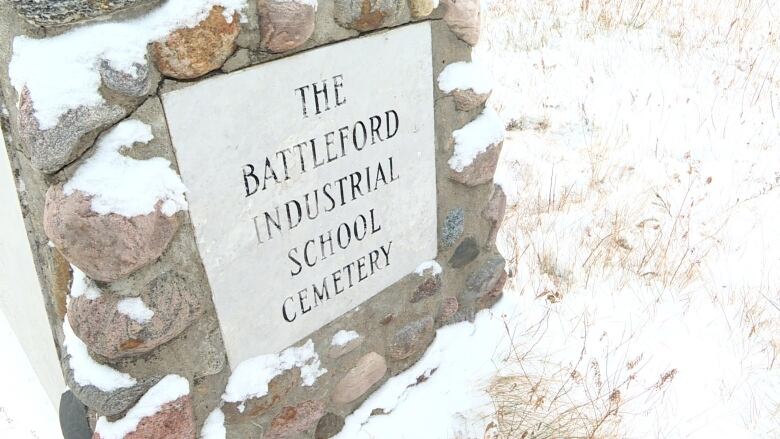Centre for Truth and Reconciliation to develop memorial register of residential school deaths
Truth and Reconciliation Commission began work on documenting thousands of students' deaths, many unnamed

The National Centre for Truth and Reconciliation (NCTR) is embarking on "very sensitive,very serious, very emotional work," says itsdirector, as it develops and maintains a register of student deaths at residential schools.
The National Residential School Student Death Register will list thechildren who never returned from residential school, while also servingas a legacy memorial that will bring together thousands of documentscollected by the Truth and Reconciliation Commission (TRC).
"In creating a register like this, we are ensuring that the country never forgets just how damaging,just how serious the system was," said Ry Moran, a member of the Red RiverMtis and director of theNCTR, which is based in Winnipeg at the University of Manitoba.
"More importantly, for those families that lost loved ones to this terrible system, they know that there is this memorial that will forever exist so that their loved ones are properly respected."
These were real people, real children, real lives that were cut short...- Ry Moran
The work of documenting the deaths was begun by theTRC's Missing Children and Unmarked Burials working group. The NCTRhas continued the work and says the most accurate number to date is 4,200 children identified by name and unnamed death records.
"We have to remember that this is not happening in the abstract," said Moran, who also served as the Director of Statement Gathering for theTRC.
"These were real people, real children, real lives that were cut short that had every right and deserved the chance to live a full and rich and wonderful life with their families.

"That is what has been stolen from countless families across the country and that is one of the greatest wrongs that was inflicted upon Indigenous Peoples by this residential school system."
TheTRC'sCall to Action 72 requested federal funding for the NCTRto develop and maintain the register. Crown-Indigenous Relations and Northern Affairs Canada provided funding to theNCTRthis year for this purpose.
There will bea series of community visits over the next few months for residential school survivors, intergenerational survivors, families and Indigenous communities to have input into the project's design.
This is part of the first phase in the development of the registry.
"The community engagement process is really to ensure that we're walking side by side with communities across the country and that theyare not only informed of what's going on but are involved in the development of this register right from the outset," said Moran.
"We have to prepare ourselves as a country fordigging in to a long process of a lot of very sensitive,very serious, very emotional work for communities and for our survivors."












_(720p).jpg)


 OFFICIAL HD MUSIC VIDEO.jpg)
.jpg)



























































































